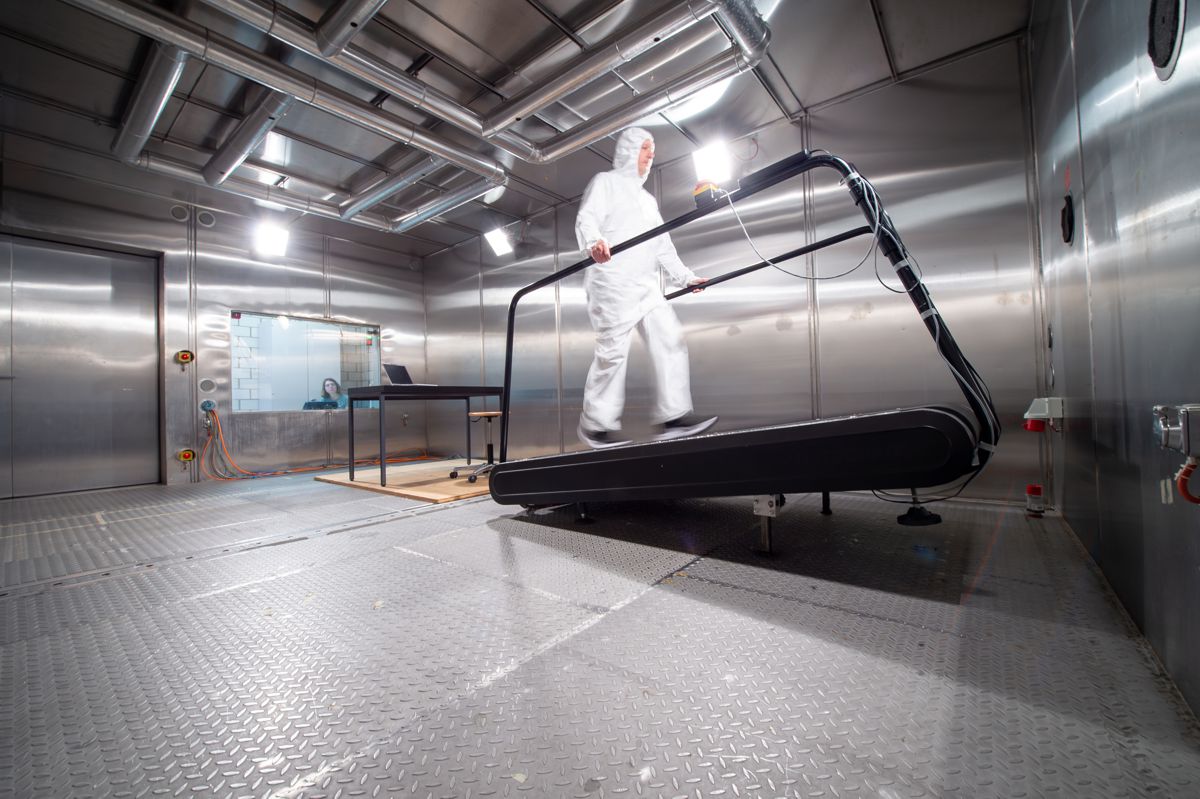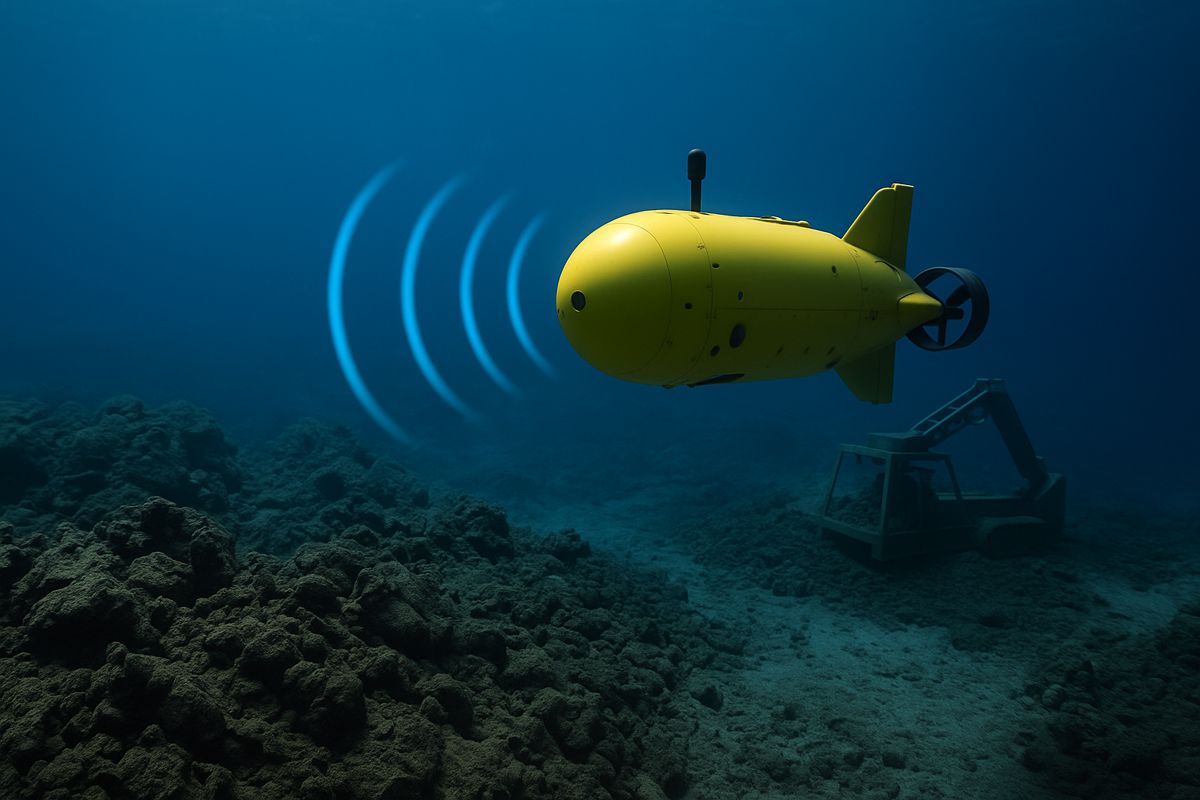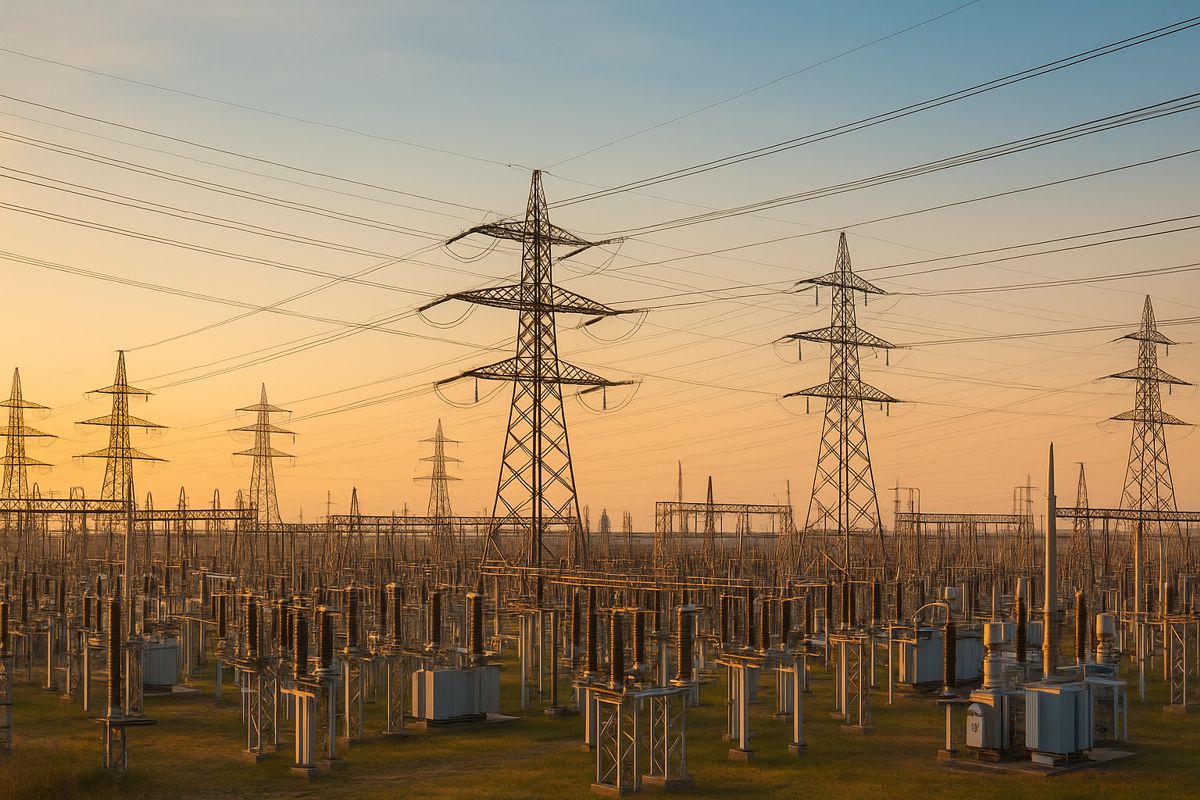INFRGY and University of Kashmir Revolutionising Wireless Power
In a ground-breaking development, INFRGY LLC, in partnership with the University of Kashmir, has unveiled a revolutionary wireless energy transfer system that could redefine how we power our devices. This innovative technology allows energy to be transmitted wirelessly at low voltage, realising the long-envisioned dream of Nikola Tesla but with modern-day advancements in radio frequency (RF) transmission. As the global push towards smarter, more efficient technologies accelerates, this system could signal a transformative leap for various industries, from consumer electronics to smart cities.
Developed through an alliance with the Centre for Innovation, Incubation, and Entrepreneurship at the University of Kashmir, this technology allows devices to charge without physical contact, overcoming the limitations of traditional wireless charging methods. Operating at a range of up to three feet, it can power multiple devices simultaneously without requiring direct line-of-sight alignment—a significant improvement over existing laser, microwave, and infrared (IR) systems. Let’s dive into the details of how this pioneering system works and its potential impact on the future of wireless technology.
How the Wireless Energy Transfer System Works
The technology behind INFRGY’s system is both simple and sophisticated. A prototype device, demonstrated on the INFRGY website, showcases a 3.7V transmitter that sends RF signals to two LED bulbs. These bulbs are equipped with specialised circuitry that receives the RF signals and converts them into usable electricity. Unlike traditional wireless charging pads that demand precise placement, INFRGY’s system offers a versatile approach, liberating devices from the constraints of exact alignment.
This system’s ability to transfer energy over short distances without a physical connection sets it apart from other existing technologies. While microwaves and IR require a direct line of sight and are limited to specific, often impractical applications, RF technology provides a more flexible and safer alternative. The low-voltage nature of the system also makes it inherently safer for everyday use, reducing the risks associated with higher-voltage wireless power solutions.
The Vision of Tesla
Nikola Tesla, a pioneer in the field of electrical engineering, once dreamt of a world where power could be transmitted wirelessly across vast distances. Although his vision was ahead of its time, it was hampered by the technological constraints of the early 20th century. INFRGY’s innovative RF-based system brings Tesla’s idea closer to reality than ever before.
By harnessing the unique properties of RF transmission, INFRGY’s system outshines traditional wireless charging solutions that rely on magnetic induction or capacitive coupling, which are often limited by distance, alignment, and efficiency. Unlike these older methods, RF can navigate obstacles, penetrate materials, and deliver power to devices that are not even in the same room—making it an ideal solution for the next generation of wireless energy applications.
Collaboration with the University of Kashmir
The partnership between INFRGY and the University of Kashmir has been instrumental in bringing this technology to life. The collaboration began when INFRGY was testing another concept—harvesting electromagnetic energy—at the University’s Centre for Innovation, Incubation, and Entrepreneurship, located at the Zakura Campus. Although distinct, both projects represent significant advancements in wireless technology, and the insights gained from one have often informed the other.
Parvez Rishi, co-founder of INFRGY, emphasised the value of this partnership, saying, “We are grateful for the chance to work with the University.” This collaboration has allowed INFRGY to focus on developing core concepts that are not just theoretical but practical, scalable, and ready for market introduction. The University’s involvement has provided a unique platform for research, testing, and refinement, enabling the technology to reach its current state of readiness.
The Broader Implications for Industry and Society
The potential applications of INFRGY’s wireless energy transfer system are vast and varied. From powering household gadgets and wearables to enabling new possibilities in industrial automation and smart city infrastructure, this technology could disrupt multiple sectors. Imagine a world where your devices—phones, laptops, or even electric vehicles—could charge without ever needing to plug them in. The convenience factor alone could drive widespread adoption, but the environmental benefits are equally compelling.
Reducing the reliance on physical connectors and charging cables not only simplifies user experience but also lessens the electronic waste that comes with broken or obsolete charging devices. This aligns well with global sustainability goals, making wireless energy transfer not just a technological advancement but also a step towards a greener future.
Expert Opinions on the Future of Wireless Energy
Industry experts and thought leaders are taking note of this innovative leap. Former Hawaii Governor John Waihee, now an advisor to INFRGY, expressed his enthusiasm, stating, “It’s an exciting time to be involved in the development of this burgeoning technology.” The sentiment is echoed by many in the industry who see wireless energy transfer as the next frontier in power delivery.
However, the path to mainstream adoption is not without challenges. Regulatory hurdles, potential interference issues, and the need for standardisation are just some of the barriers that must be addressed. Nevertheless, the successful demonstration of INFRGY’s system is a promising sign that these obstacles are surmountable.
The Wireless World
The unveiling of INFRGY’s wireless energy transfer system is more than just a technological milestone—it’s a glimpse into a future where wires and plugs might become relics of the past. As the technology matures, we could see it integrated into everything from consumer electronics to healthcare devices, revolutionising how we interact with the objects that power our daily lives.
As with any emerging technology, the road ahead will involve refining the system, scaling production, and navigating regulatory landscapes. But with the backing of innovative companies like INFRGY and forward-thinking academic partners like the University of Kashmir, the wireless energy revolution seems not just possible but inevitable.
Embracing the Wireless Energy Revolution
In a world that’s increasingly leaning towards convenience and efficiency, the development of a practical wireless energy transfer system is a welcome innovation. INFRGY and the University of Kashmir have made a significant step towards realising a wireless world—one that aligns with the spirit of Nikola Tesla’s vision while addressing the demands of modern technology.
As the global community looks for sustainable, cutting-edge solutions, this partnership could well be the spark that ignites a new era of wireless energy.




















